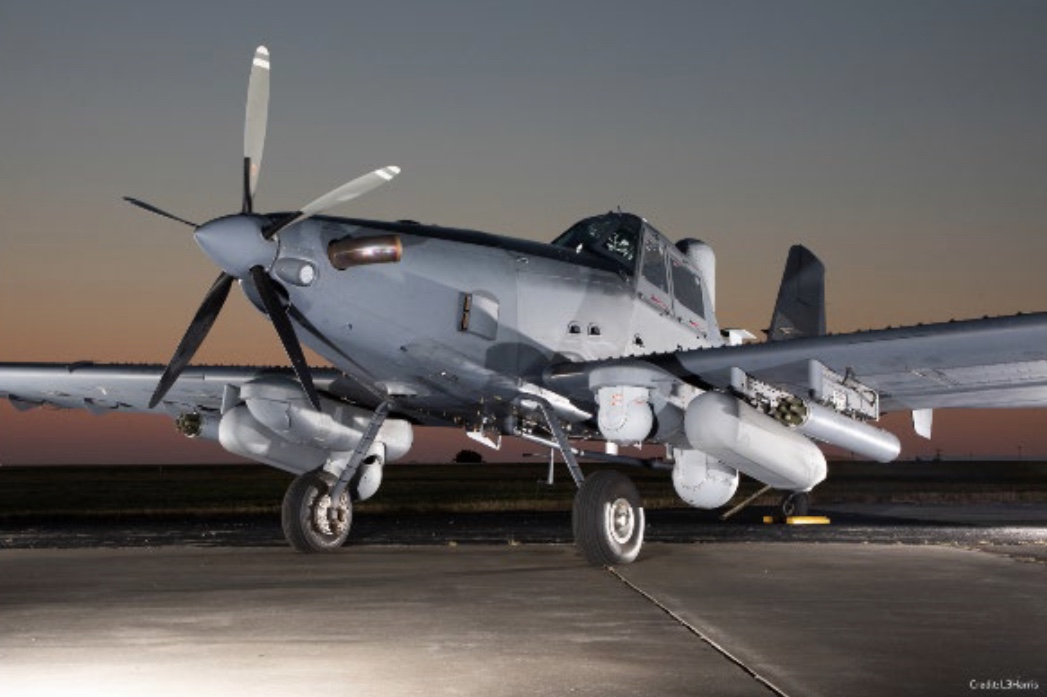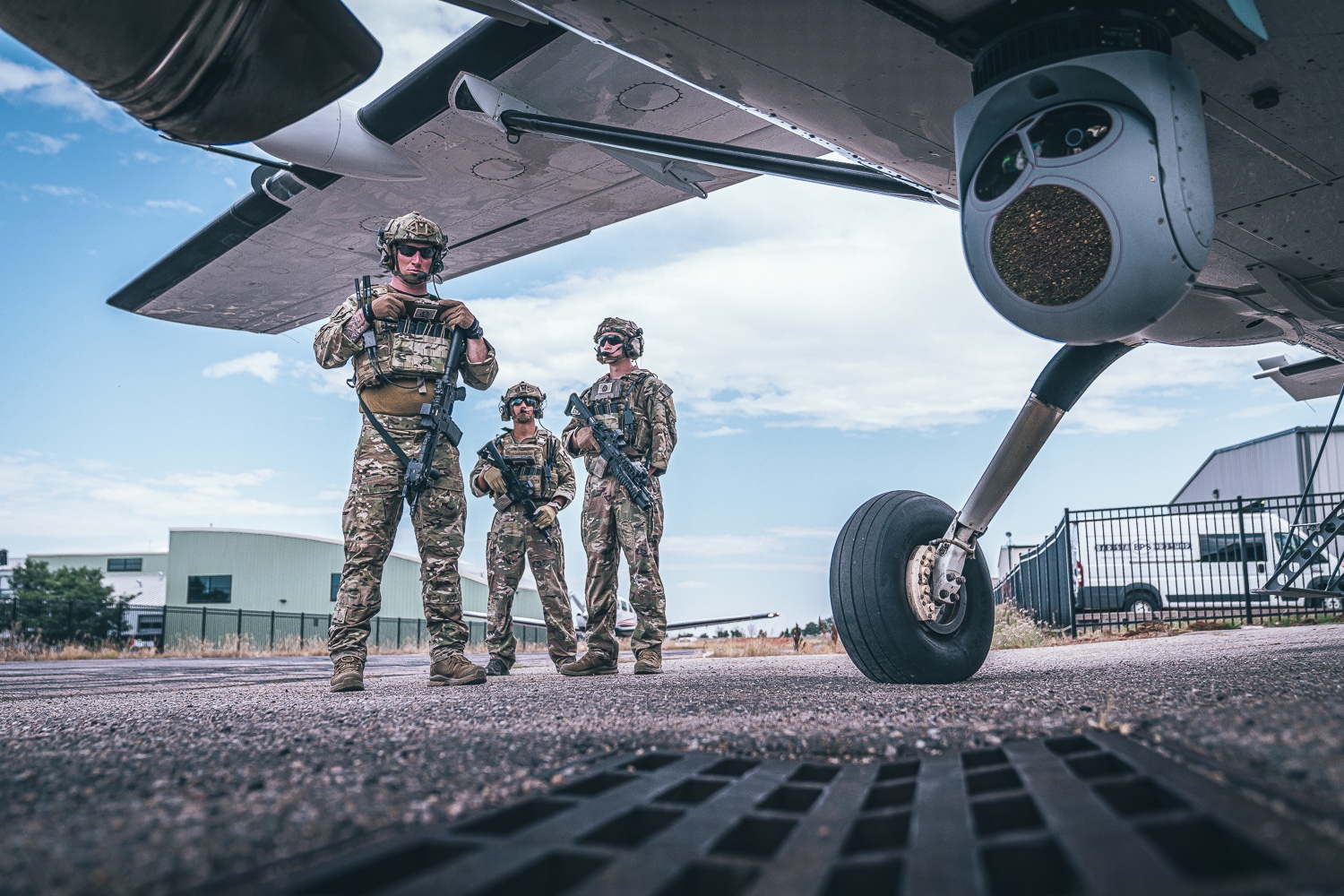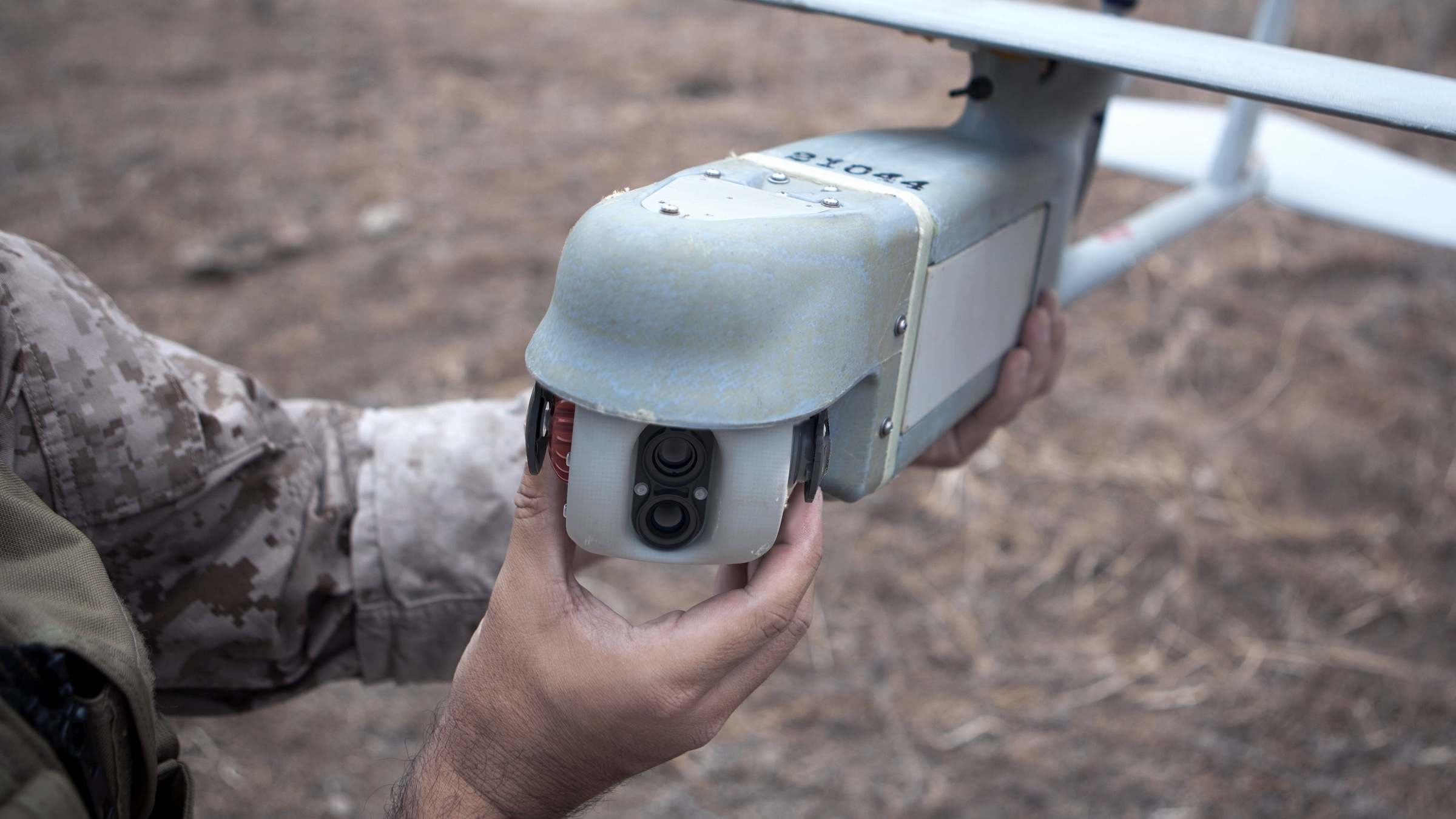
REDSTONE ARSENAL, Ala. — The Soldier Unmanned Aircraft Systems (UAS) Product Office successfully completed fielding of the RQ-28A, Short Range Reconnaissance (SRR) system to the 3rd Battalion, 75th Ranger Regiment at Fort Benning, GA, in early November.
The Skydio RQ-28A is the Army’s first program of record quadcopter. It is a new and disruptive organic capability that is fielded to the platoon echelon in the form of a portable rucksack Vertical Take Off and Lift, small, unmanned aircraft. It provides Warfighters with enhanced situational awareness and a standoff capability in urban and complex terrain, enabling accurate reconnaissance and surveillance of targets of interest. It can be used to conduct surveillance during routine combat operations.
During the new equipment fielding and new equipment training, UAS project office leaders, along with crucial personnel from the SUAS offices, traveled to Fort Benning to participate in the final day of training with the Soldiers and engage critical stakeholders.
“It’s very intuitive with great obstacle avoidance, additionally the thermal is better than expected.” Said Staff Sgt. Adam McDevitt the UAS section platoon sergeant. “I can’t wait to use this on full mission profiles to see what it can really do.”
“The SRR RQ-28A capability will provide game-changing technology to Army platoons, enhancing both Soldier lethality and survivability” said Carson L. Wakefield, product lead for Soldier Unmanned Aircraft Systems. “It is a new capability for the Army, and I am so proud of my team for delivering an innovative solution in just under three years from prototype to delivery.”
The quadcopter system weighs less than five pounds, can be carried and stowed in a transport case and is rucksack portable. It has vertical take-off and landing, hover, perch and stare capabilities. The system is hand launched and capable of being recovered within confined areas.
The Soldier UAS Product Office is scheduled to field 480 systems across the Army in 2023 with a total of 1,083 delivered during low-rate initial production systems through the second quarter of F25.
The RQ-28A is the first tranche of the SRR program and delivers a much-needed capability to Soldiers. Tranche 2 will include a prototyping effort and will include threshold requirements and multiple performance objectives.
By David Hylton




















































































































